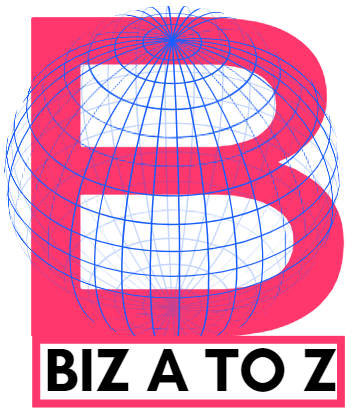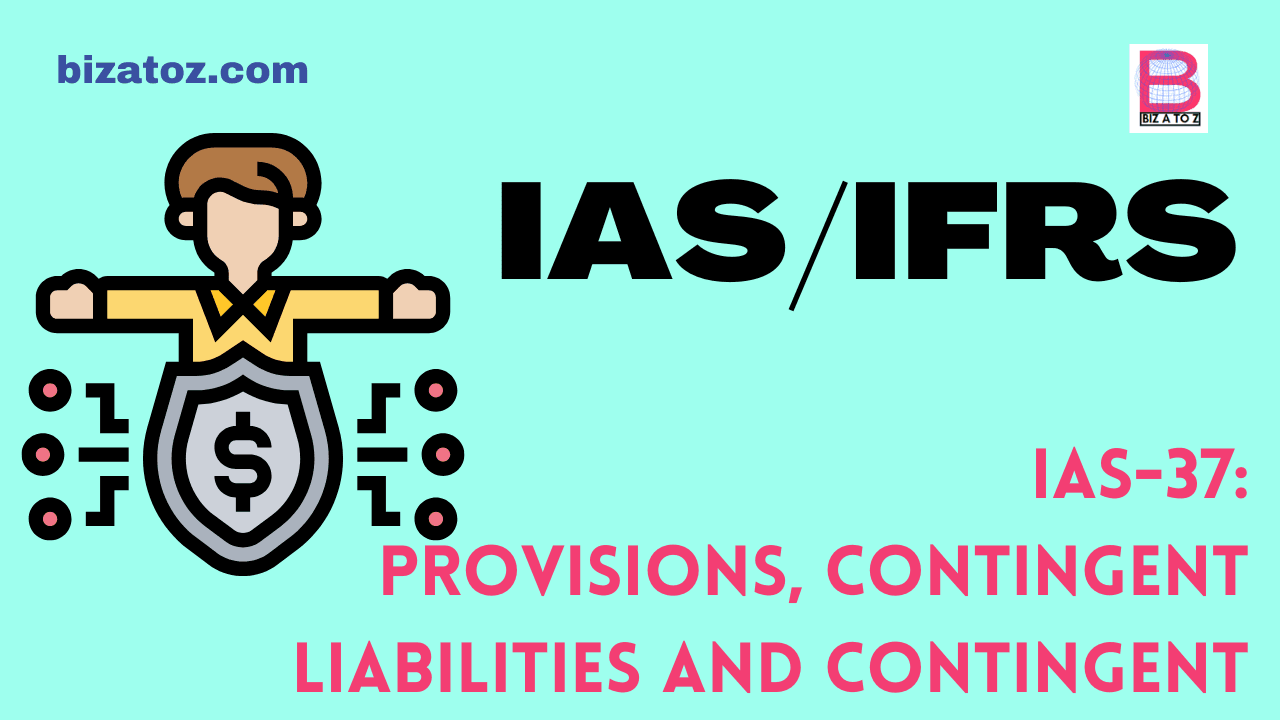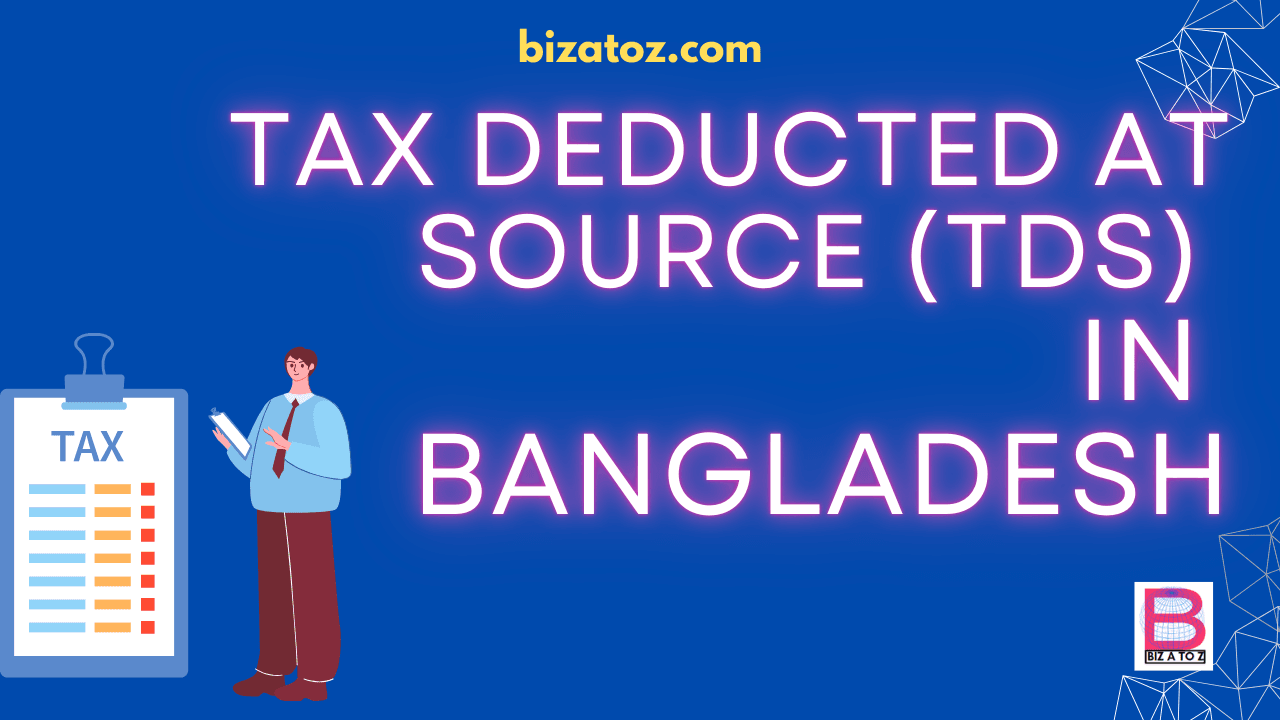
International Accounting Standards (IAS) is the global language for business affairs to ensure that financial statements are comparable, transparent, and easy to understand. Standards establish the framework for preparing and disclosing financial statements. From their early beginnings to the present-day impact on financial reporting, join us for a simplified dive into how IAS’s has become a crucial tool for standardizing accounting practices worldwide. Embark on a journey through time as we explore the evolution of IAS/IFRS. Uncover the most significant stories that have shaped the landscape of international accounting.
Early 20th Century: As businesses expanded globally, the necessity for international accounting standards became evident. However, there were no established accounting standards in place. As a result, each country operated based on its distinct local accounting principles and practices.
1920 – 1930: During this period the International Chamber of Commerce (ICC) published a series of regulations and guidelines to promote international accounting standardization; however, no significant progress was made.
1947: The International Federation of Accountants (IFAC) established itself and initiated efforts to harmonize accounting principles.
1973: The International Accounting Standards Committee (IASC) was formed and subsequently the first set of International Accounting Standards (IAS) was issued in the same year by the professional bodies of Australia, France, Canada, Germany, Japan, Mexico, Netherlands, the United Kingdom/Ireland and the United States.
1989: The International Accounting Standards Committee (IASC) published the Framework (first Conceptual Framework) for the Preparation and Presentation of Financial Statements.
1990: IASC published IAS 31: Financial Reporting of Interests in Joint Ventures and completed milestones to a total of 31 standards.
1993: IASC completed its ‘comparability and improvements project’ by revising ten standards as well as paving the way for future assessment of the Standards by the International Organization of Securities Commissions (IOSCO).
1994: IOSCO completed the review of IASs and the Chairman of IOSCO urged to accept IASs for use in multinational securities as well as foreign listing.
1996: IASC forms a Standing Interpretations Committee (SIC) to prepare interpretations of International Accounting Standards.
1999: IASC issued a revised Framework for the Preparation and Presentation of Financial Statements.
2000 – 2001: IASC completed its core set of IAS’s (International Accounting Standards) and subsequently renamed them as IFRS’s (International Financial Reporting Standards) and the European Union (EU) made them mandatory for all listed companies of all EU countries.
2001 – 2002: The International Accounting Standards Board (IASB) became the standard-setting body of IFRS by replacing IASC. IASB worked on convergence with the US Generally Accepted Accounting Principles (GAAP).
2005: The U.S. SEC issued a roadmap for the potential adoption of IFRS by U.S. public companies.
2006: IFRS 8: Operating Segments released. IFRS 8 provides guidelines for reporting information about an entity’s operating segments. Additionally, it focuses on how businesses should disclose financial information to enable users to evaluate the performance of individual operating segments.
2007: Over 100 countries require or permit to use of IFRS. In addition, the US SEC requires non-US companies to report using IFRS in the US.
2008: Formed Financial Crisis Advisory Group. The boards formed the Advisory group to identify significant accounting issues that require immediate attention.
2009: IFRS Foundation Monitoring Board established. IASB issued IFRS for SME Accounting Standard. Additionally, issued IFRS 9 Financial Instruments: Classification and Measurement of financial assets.
2011: Issued IFRS 10: Consolidated Financial Statements, IFRS 11: Joint Arrangements, and IFRS 12: Disclosure of Interests in Other Entities. Also, amendments of IAS 19 Employee Benefits.
2013: Established Accounting Standards Advisory Forum (ASAF).
2014: Published IFRS Pocket Guide. The pocket guide summarizes all IFRS standards that can fit in your pocket. Provided that, this guide provides a concise on where and how IFRS standards are used globally.
2015: India introduced Indian Accounting Standards (Ind. AS) based on IFRS.
2016: IFRS 16 Leases issued. In summary, IFRS 16 provides guidelines on transparency to lease accounting and how to manage and disclose lease obligations.
2017: IFRS 17 Insurance Contracts issued.
2018: Revised Conceptual Framework for Financial Reporting issued.
2020: Published revised version of Due Process Handbook. Vietnam’s adoption of IFRS.
2023: The International Sustainability Standards Board (ISSB) issued two standards on sustainability: IFRS S1: General Requirements for Disclosure of Sustainability-related Financial Information, and IFRS S2: Climate-related Disclosures.
At last, history (evolution of IAS/IFRS) includes major works and publications related to the standards discussed. Furthermore, a detailed history (evolution of IAS/IFRS) can be obtained from the IFRS official website and other resources available on the internet.
This blog post is written by Monir Bhuiyan, a member of ACCA (Association of Chartered Certified Accountants) and ICAB (Institute of Chartered Accountants of Bangladesh).






